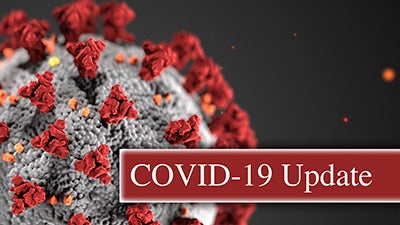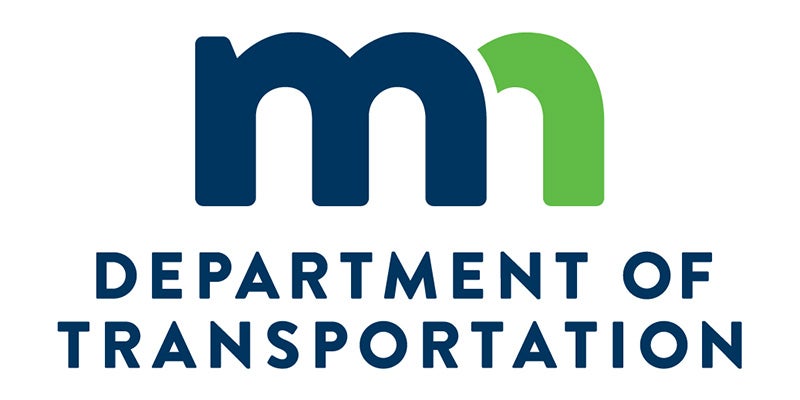Latest on COVID-19 in MN: Vaccination pace climbs; key metrics stable
Published 9:49 am Tuesday, March 2, 2021

- Austin Daily Herald graphic
|
Getting your Trinity Audio player ready...
|
COVID-19 watchers have kept a wary eye for weeks now on Minnesota vaccinations. A late January surge brought excitement and the frustration as the pace flattened or declined through a big chunk of February.
Vaccination traction, though, may finally be here.
Health Department data shows state inoculations on an upswing with roughly 159,000 shots reported the past three days. The seven-day rolling average is running at more than 36,000 a day currently, the highest it’s been since vaccinations began in late December.
Officials had been hoping the arrival of shipments delayed by the recent nationwide cold snap atop the state’s regular allotment of doses would start to surface in daily vaccinations counts. That appears to be happening.
Here are Minnesota’s current COVID-19 statistics:
- 6,486 deaths (3 new)
- 485,230 positive cases (636 new); 97 percent off isolation
- 16.2 percent of Minnesotans 16 and older with at least 1 dose
- 52.6 percent 65 and older with at least 1 dose
There’s reason to believe the vaccination rate might continue to rise with the addition of the newly approved Johnson & Johnson vaccine, which only requires one dose. More than 45,000 doses of the newly approved vaccine should arrive in Minnesota this week, state health officials said Monday.
About 16.2 percent of Minnesotans age 16 and older — more than 900,000 people — had received at least one dose as of Monday’s update, with about 8.4 percent completely vaccinated.
More than 52 percent of Minnesotans 65 and older have received at least one shot currently, according to Health Department calculations. That’s important since Gov. Tim Walz has said the state will expand vaccination eligibility when 70 percent of that population gets a first dose.
Minnesota currently ranks 16th among states in doses administered per 100,000 people, according to data collected by the federal Centers for Disease Control and Prevention.
Walz last week said every Minnesotan should be able to get a COVID-19 vaccine shot by the summer. At the current pace, 80 percent of Minnesotans 16 and older would be able to get a shot by August.
Metrics relatively stable
While the pace of vaccinations is picking up, Minnesota’s COVID-19 numbers show the state holding fairly steady in a good way.
Hospitalization rates remain encouraging at levels last seen before the late-fall surge in cases. The Health Department on Monday reported 230 people in Minnesota hospitals with COVID-19, with 47 needing intensive care, levels not seen since the spring.
Known, active cases came in at 7,097, continuing a trend that stayed fairly stable through February and remains down dramatically from late November and early December, when active cases hovered around 50,000.
Three newly reported deaths raised Minnesota’s toll to 6,486. Among those who’ve died, about 63 percent had been living in long-term care or assisted living facilities; most had underlying health problems.
The state has recorded 485,230 total confirmed or probable cases so far in the pandemic, including 636 reported Monday. About 97 percent of Minnesotans known to be infected with COVID-19 in the pandemic have recovered to the point where they no longer need to be isolated.
Cases spread across age groups, regions
People in their 20s still make up the age bracket with the state’s largest number of confirmed cases — more than 91,000 since the pandemic began, including 48,000 among people ages 20 to 24.
The number of high school-age youth confirmed with the disease has also grown, with more than 37,000 total cases among those ages 15 to 19 since the pandemic began.
With kids increasingly returning to school buildings and sports, Minnesota public health officials are urging Minnesota families with children to get tested every two weeks for COVID-19 now until the end of the school year.
Although young people are less likely to feel the worst effects of the disease and end up hospitalized, experts worry youth will spread it unknowingly to older relatives and members of other vulnerable populations.
People can have the coronavirus and spread COVID-19 when they don’t have symptoms.
Regionally, most parts of Minnesota are down significantly from the late November and early December spike, as well as a smaller January uptick.
Caseloads still heaviest among people of color
In Minnesota and across the country, COVID-19 has hit communities of color disproportionately hard in both cases and deaths. That’s been especially true for Minnesotans of Hispanic descent for much of the pandemic.
Even as new case counts continue to track well below their late November, early December peaks, the data shows Latino people continue to be hit hard.
Distrust of the government, together with deeply rooted health and economic disparities, have hampered efforts to boost testing among communities of color, officials say, especially among unauthorized immigrants who fear their personal information may be used to deport them.
Distrust by communities of color “is the thing that has plagued us for some time,” Walz said last week at a briefing promoting vaccinations for people of color.
Health Commissioner Jan Malcolm said that it’s been a “real problem” not having data broken down by race and ethnicity but that the state may have data to share soon.





